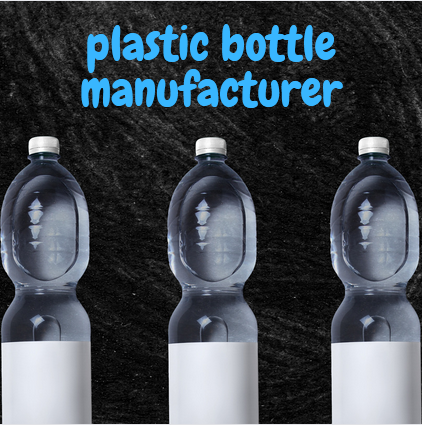Manufacturing of plastic bottles is one of the most important aspects of the packaging industry. These bottles can be used to store food, water, and other items. The manufacturing of these bottles is a complex process and requires a lot of expertise and skill. In this article, we'll take a look at some of the different techniques and processes involved in the manufacture of these products. We'll cover a variety of topics, including recycled PET, Injection and blow molding, and the difference between the two.
Injection Blow Molding
The injection blow molding process is used to produce hollow plastic bottles. This process produces thin-walled containers with superior dimensional and visual quality. It is especially useful for small containers with tight neck tolerances and for wide mouthed containers. Injection blown bottles are made with a standardized gram weight and neck tolerance. They also have a barrier layer to regulate moisture and hydrocarbon emissions.
Before a bottle is manufactured, a preform is molded into its desired shape. Afterwards, a blow pin is inserted into the neck area. High pressure air blows the parison into its mold shape. Once a part is molded, it is packaged and fed into a reheat stretch blow molding machine. This method can be used to make a variety of products including jars, milk bottles, and yogurt pots.
Injection Machine Vs Blow Mold Machine
The process of Manufacturing of plastic bottles involves the use of either an injection machine or a blow mould machine. Although both methods are very effective, one may be better suited for a particular application. Injection molding produces solid, three-dimensional shapes, while blow molding produces thin-walled hollow parts.
Both processes involve heating, cooling, and blowing plastic. However, the differences between injection and blow molding are significant. Injection molds are highly expensive to manufacture. They must be extremely accurate, and the finished products must be completely free of defects. Generally, injection molds are produced with CNC (computer-controlled) machining. Blow molds are generally more inexpensive and can be easily modified.
Injection molding is also used to produce hollow bottles. It involves blowing air through a core pin into the neck of the bottle. This causes the parison to conform to the threads in the neck portion of the mold.
Recycled PET
PET, or polyethylene terephthalate, is a transparent plastic that is shatterproof and very strong. It also contains trace amounts of catalyst elements. This makes it suitable as a fuel for waste-to-energy plants.
Recycled PET can be used to create a variety of new products. For example, it can be turned into a roofing material, carpet, or industrial strapping. In addition, it can be repurposed into a range of consumer products, including bottles, food containers, packaging, and clothing.
The bottle recycling industry in the United States grew significantly in the last decade, and the US exported 139 million pounds of PET in 2019. There is growing demand for recycled PET in the bottle sector. One of the biggest challenges is separating recyclable material from the waste stream. Bottles and other streams are sorted at material recovery facilities (MRFs) before being filtered and baled.
Heavy Density Polyethylene Hdpe Plastics Jar as the Raw Material
High density polyethylene (HDPE) is a plastic material that can be used in a variety of applications. It can be repurposed into new products, including fencing, traffic barrier cones, and carpet fibers. HDPE is also a recyclable product.
This type of plastic is commonly recycled, and it is a safe and flexible option for use in bottles. It is resistant to chemicals and organic solvents, and it does not absorb moisture. In addition, it is easy to work with and has high durability.
Bottles made of this type of material are available in a wide variety of colors, shapes, and closure options. The bottles are resistant to dents and scratches, and they are also resistant to cold and hot temperatures.
Stretch Blow Molding
Stretch blow molding is a process used in the manufacture of wholesale plastic bottles and other hollow shapes. This technique combines injection mold and blow molding processes. It offers benefits and a quality product. The primary use of stretch blow molding is in the production of PET bottles. This type of plastic is extremely lightweight and durable. They are also used in various packaging applications.
Another use of stretch blow molding is in the creation of carbonated beverage bottles. This process uses a telescoping mandrel to form a preform. The preform is a tube-like piece of polymer that forms the body of the bottle. Injection stretch blow molding is a unique variation of the standard injection blow molding method. This process produces high-impact strength containers with excellent barriers.

